Introduction to Quality Control in Software Testing
Overview
Quality control is a broad term used for the quality management of a product. Quality Control ensures the product is well-tested, free from defects, and safe to use. The quality Control team would test the product and ensure all the safety and security parameters are tested.
What is Quality control in Software Testing?
Quality Control is a process in which a product is tested for correctness and efficiency to match a standard. Through quality control, the product's quality is enhanced, and the product is made safer to use. Quality control includes making products defect-free, consistent, and reliable.
Why Is Quality Control Important?
- Quality control brings trust among the users for the product. It helps to build a brand. The best example in India is Tata.
- Quality control brings a quantitative measure to the extent that the product has been tested and made efficient to use.
- Quality control brings any product to market standards. Hence, a high-quality product has reached the market.
- Quality Control is a safety net for companies. In case of severe bugs, the company can inform the government that a well-tested product was released, and human errors will always be there.
- In case of failure in quality control, the company can receive severe backlash and even, in extreme conditions, lawsuits.
Types of Quality Control
There are a lot of quality control methods. Some are as below:
- Control Charts: To improve the quality of a product, when you compare the statistics or configuration of a product over time, you get what parameters need to be focussed on, and graphs help you in that is called control charts. For example, when you look at the landing page's speed at different release intervals, you can improve the quality.
- Process Control: When the process is enhanced and made more efficient, the product automatically improves. The entire cycle gets better. This approach comes under process control. For example, when you see more sub-points getting added in requirement gathering, that means a definition to that task is being added.
- Acceptance Sampling: When the acceptance criteria increase, the product needs to be enhanced to reach the standard. This process comes under acceptance sampling. For example, when a speed of 5s is added as the minimum acceptance criteria for page loading, one can easily identify the concerning pages to work on.
- Process Protocol: The STLC process in particular is not disciplined. When the phases get standardized to meet a particular level, it comes under process protocol. For example, from the date assigned to delivery, the duration must not be more than 15 days, so that protocol is set up.
Quality Control Process
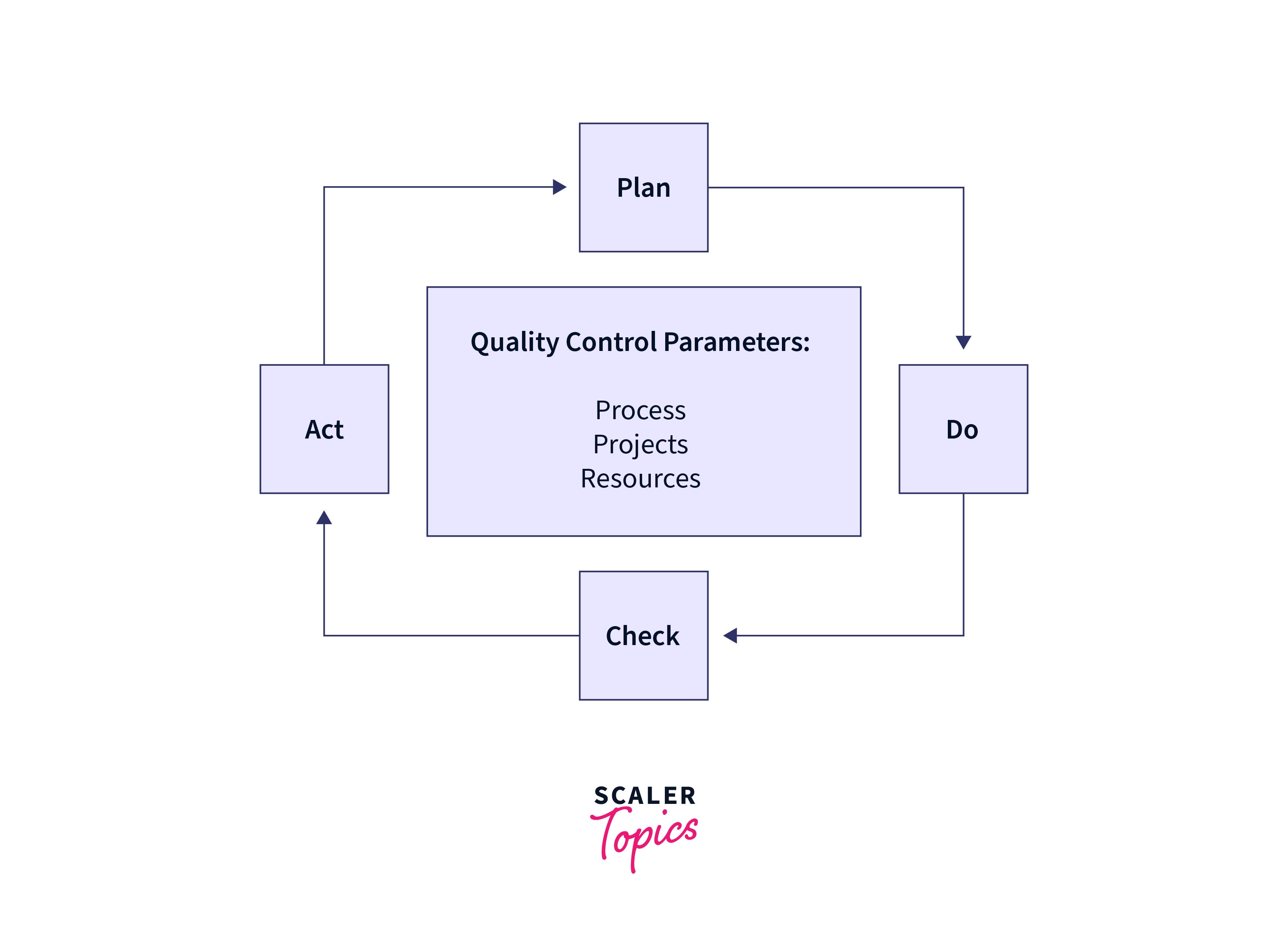
- Planning: Quality Control is planned here. The criteria, implementation, techniques, method, and duration all is planned. Software testing is a part of the quality control process.
- Execution: The constant process of verification in the development cycle and implementation of quality control. For instance, checking the performance speed of the application after every release and ensuring it is under the desired acceptance criteria.
- Validation: Once the quality control process is executed, the last step is to validate the well-tested product in the market for market acceptance.
Quality Control Tools
- Flowchart: Flow charts are an efficient way to determine the breakdown or bottleneck in the product. Flow charts typically depict the steps taken in the process cycle.
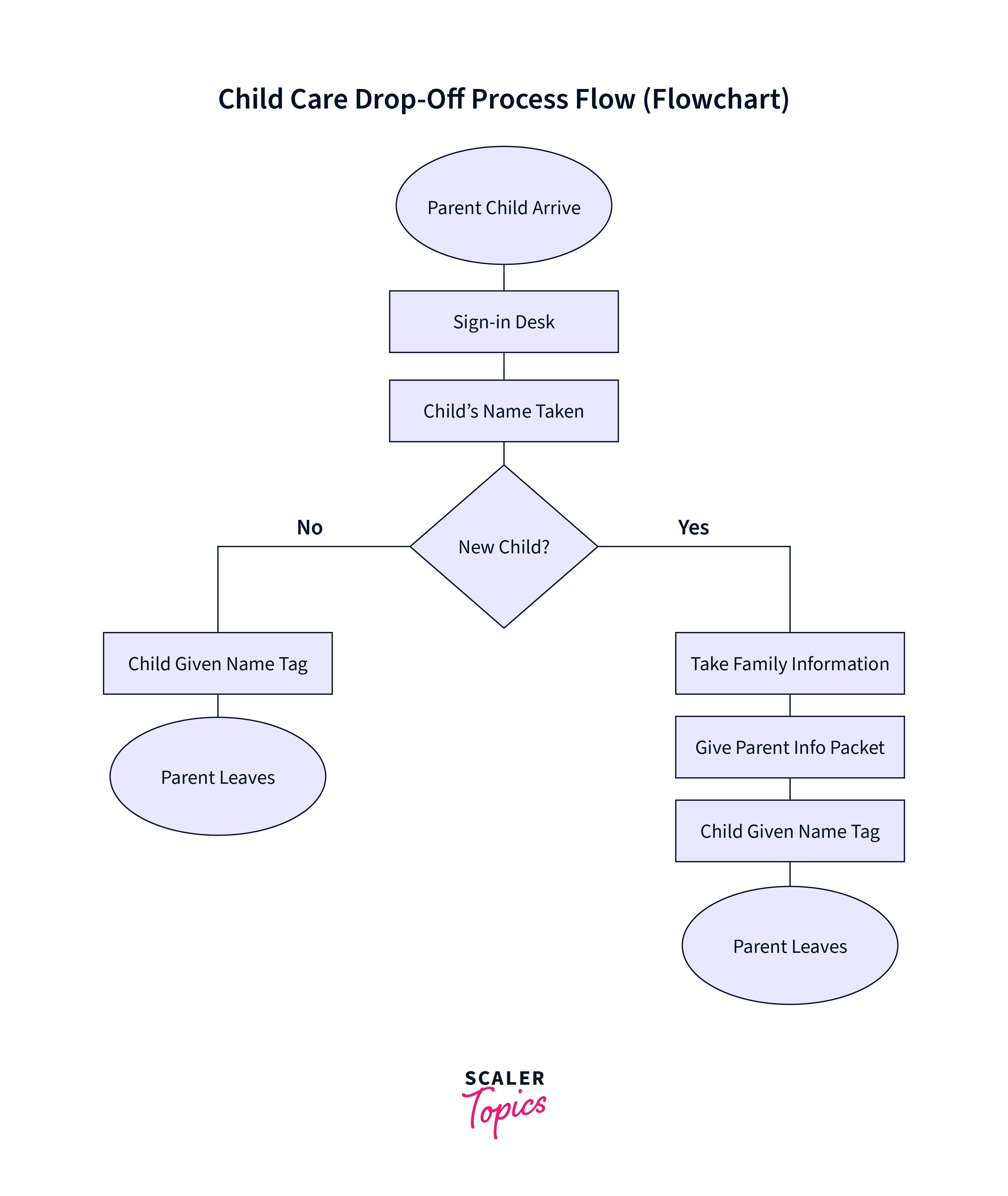
- Check Sheet: Checksheet is a perfect way to find out all the questions related to the task, its efficiency, and its associated parameters. It also tells about the frequency of the occurrence of an event.
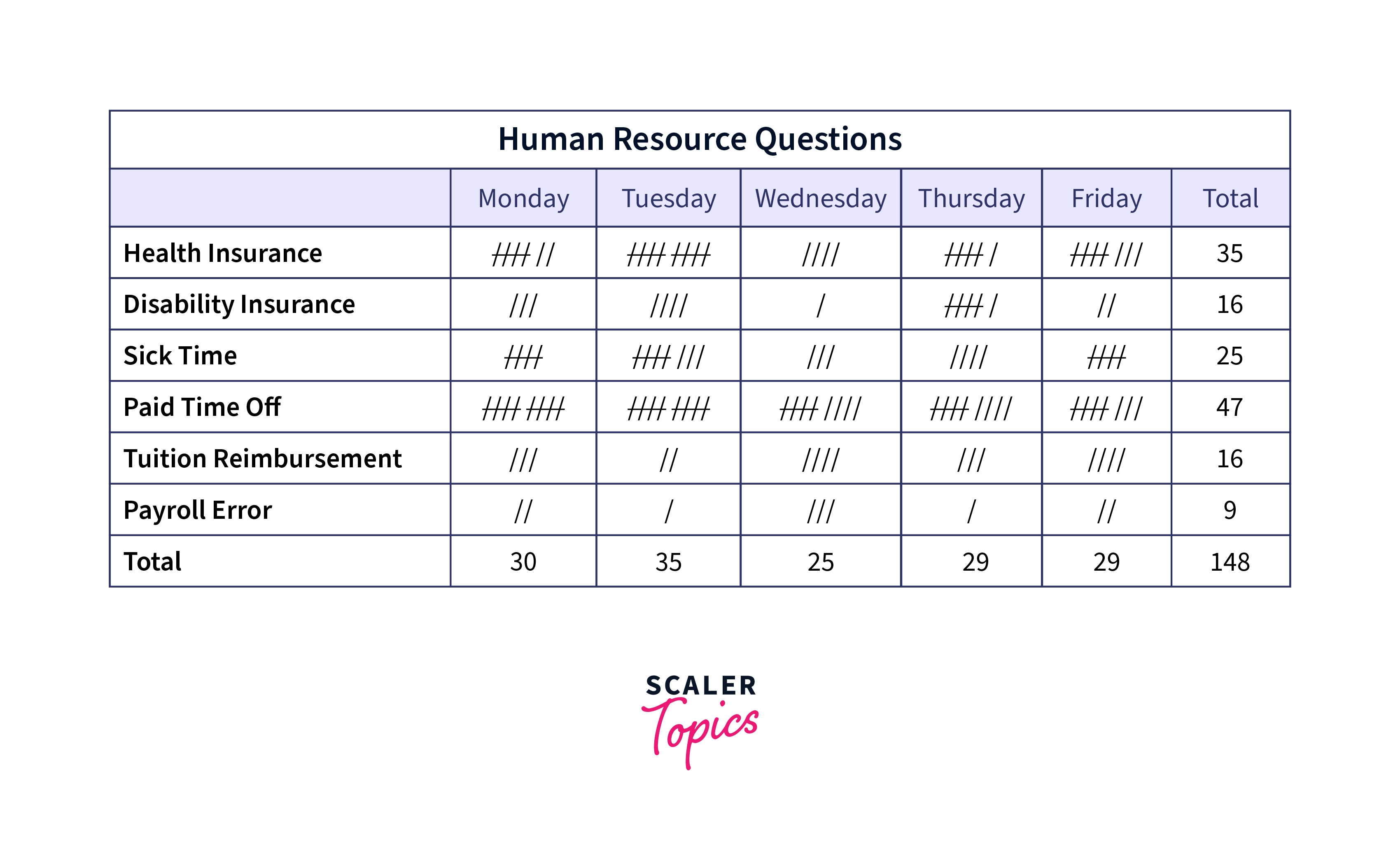
- Cause and Effect Diagram: Cause-Effect graph not only perfectly documents the issue occurring but helps to figure out why that particular event is occurring, hence ways to fix it. Causes are also separated into people, processes, materials, and equipment.

- Control Charts: Control Charts are used to find the pattern between data movement over a period of time. It helps in the quantitative measurement of the speed and performance of an event.
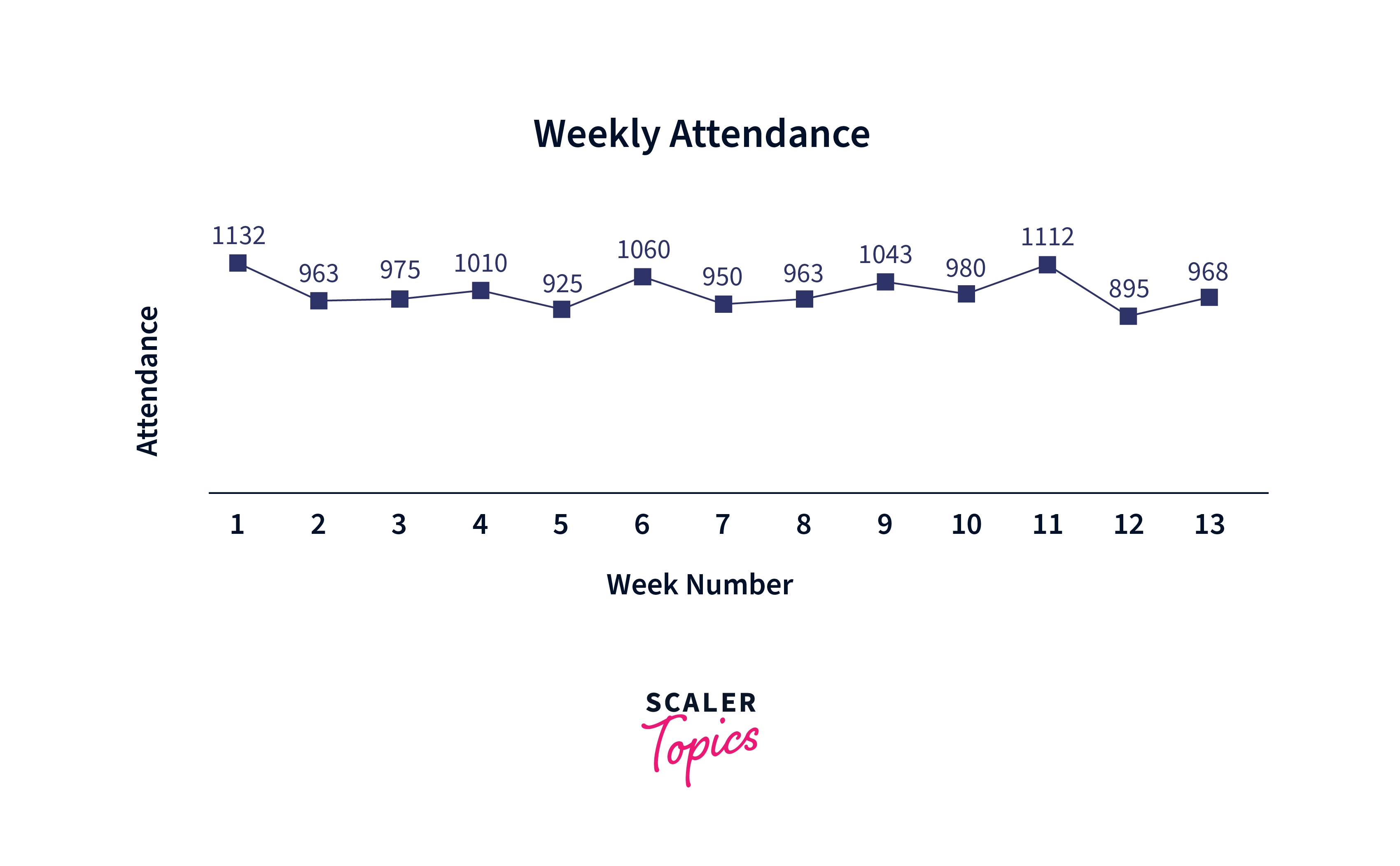
- Histograms: Histograms are bar charts that depict how a pattern changes for a particular event. This diagram depicts variation in a very clean form.
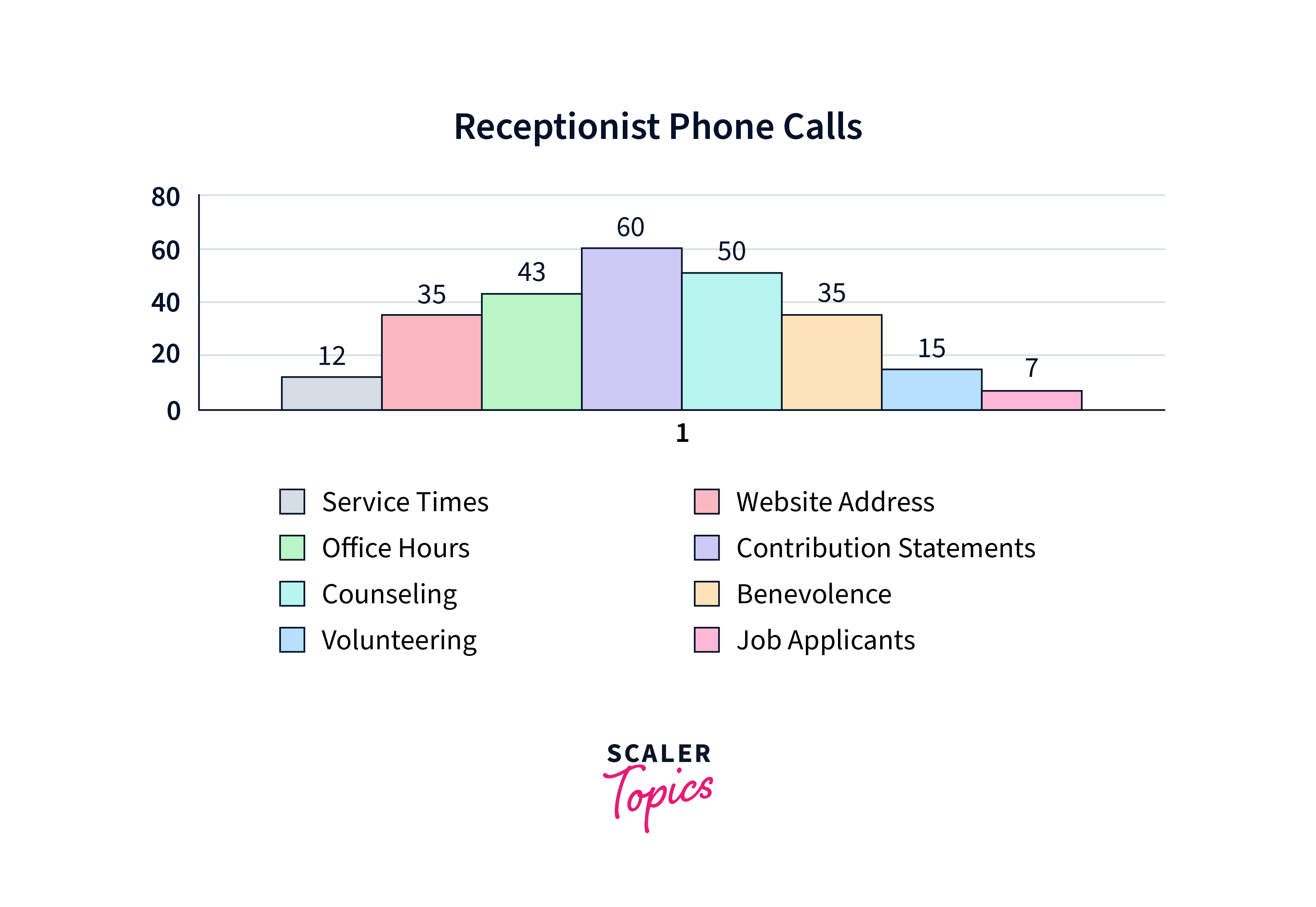
Difference Between Quality Assurance and Quality Control
| Quality Control | Quality Assurance |
|---|---|
| Quality Control signifies a testing process where a product is tested to be defect-free. | Quality Assurance signifies quality control is done and has been tested for the market. |
| Quality Control is a sub-part of Quality Assurance. | Quality Assurance is a superset of Quality control. |
| Quality control is for product quality verification. | Quality assurance is for product quality validation. |
| Quality control is for the STLC process. | Quality Assurance is for the entire SDLC process. |
Check the detailed comparison between Quality Assurance and Quality Control from here .
Conclusion
- Quality Control ensures a well-tested product reaches the market.
- Quality Control differs from quality assurance as quality assurance is for the entire SDLC process.
- Quality Control is very important to build trust for the company.
- Different methods are involved in quality control, like control charts, flow charts, histograms, etc.
